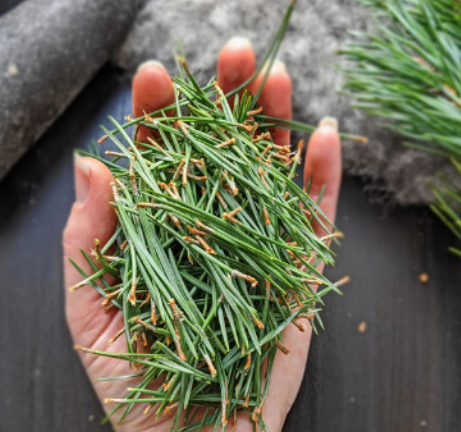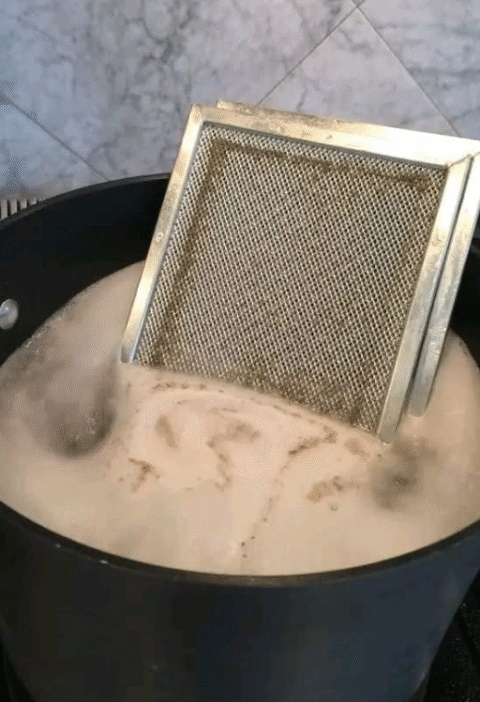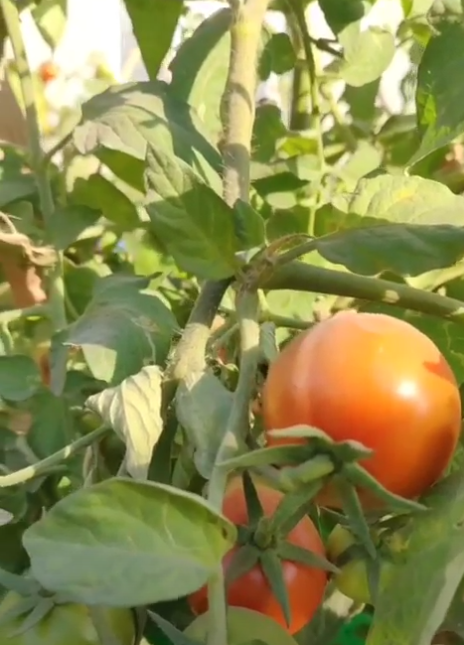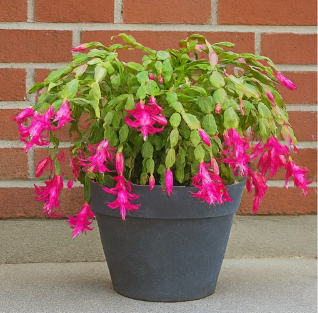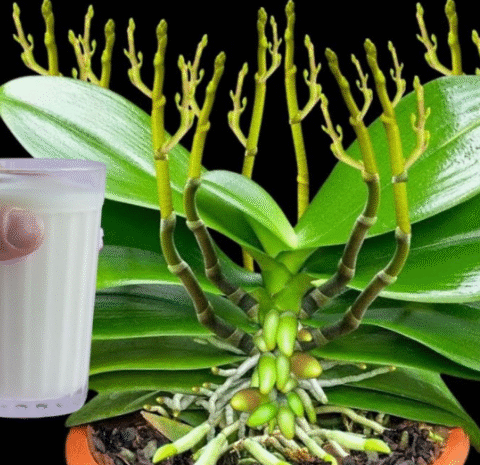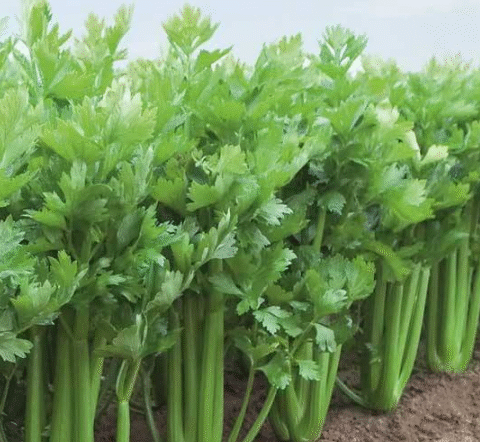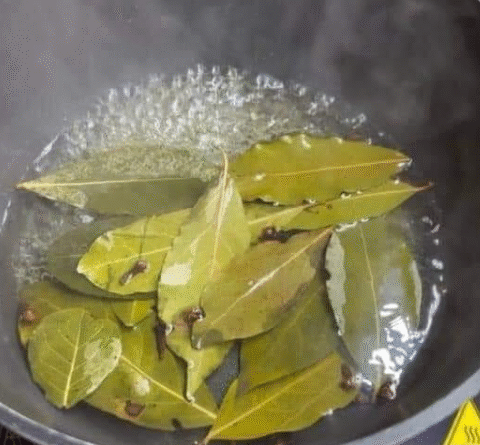10 Incredible Benefits of Using Pine Needles in Your Garden 🌲🌱
Many gardeners view pine needles as a nuisance – a fall clean-up task to be bagged and discarded. But these slender, aromatic gifts from nature are one of the most underrated tools for creating a healthy, thriving, and eco-friendly garden. 🌿
This guide reveals why pine needles – also known as pine straw – deserve a place in your compost pile, flower beds, walkways, and around your prized plants. Let’s dive into the garden-boosting magic of pine needles!
🌿 What Are Pine Needles (Pine Straw)?
Pine needles are the long, thin leaves shed by pine trees, and when dried and gathered, they form a mulch-like material called pine straw. Gardeners across the U.S. use pine straw to mulch plants, insulate soil, suppress weeds, and more.
1. 🌾 Pine Needles Make Excellent Mulch
- Lightweight, easy to spread
- Retains moisture effectively
- Suppresses weeds naturally
- Insulates soil from temperature swings
- Wind-resistant once settled
- Slow to decompose, so it lasts longer
Tip: Spread 2–3 inches around plants, keeping away from trunks/stems.
2. 🧱 Improves Soil Structure
As pine needles decompose, they:
- Add organic matter
- Improve aeration
- Enhance water retention
- Break up clay-heavy soils
Unlike bark mulches, pine straw allows better water percolation.
3. 🌸 Ideal for Acid-Loving Plants
While fresh needles are mildly acidic, dry pine needles barely affect soil pH. Still, they’re ideal for:
- Azaleas
- Blueberries
- Rhododendrons
- Camellias
- Hydrangeas (enhances blue blooms)
4. 🌧️ Prevents Soil Erosion
Pine needles form a protective mat that:
- Shields soil from heavy rain
- Supports sloped or uneven terrain
- Prevents runoff and nutrient loss
5. 💸 Free and Abundant
If you have pine trees, you have mulch:
- No cost
- Zero-waste
- Eco-friendly alternative to bagged mulches
Tip: Rake on dry, calm days. Store in a dry location for future use.
6. 🐜 Helps Deter Certain Pests
- Slugs and ants dislike its texture
- Rodents and snakes avoid nesting in it
- Improves drainage and reduces fungal diseases
7. 🔁 Compost-Friendly (With Care)
- High in carbon – great “brown” for compost
- Shred first to speed up decomposition
- Mix with “greens” like kitchen scraps or grass
A little goes a long way in compost piles!
8. 🚶♂️ Ideal for Garden Paths & Walkways
- Soft underfoot
- Drainage-friendly
- Rustic, woodland aesthetic
Use between raised beds or stepping stones for neat, low-maintenance paths.
9. 🔥 Fire-Resistant? With Precautions
Pine needles can be flammable when dry, but compacted mulch is less so.
- Don’t use near wooden structures in dry climates
- Blend with other mulches for added safety
- Keep mulch depth under 3 inches
10. 🎨 Natural Aesthetic & Fragrance
- Blends beautifully with native plantings
- No artificial dyes
- Releases subtle pine scent when warm
Perfect for organic gardens and cottage landscapes!
📋 How to Use Pine Needles in the Garden
For Mulch:
- Collect dry needles
- Spread 2–3 inches around plants
- Avoid direct contact with stems/trunks
For Compost:
- Shred and mix with green materials
- Moisten and turn regularly
For Paths:
- Layer 3–4 inches
- Replenish annually
📊 Pine Needle Benefit Table
| Benefit | Details |
|---|---|
| Mulch | Suppresses weeds, insulates soil, retains moisture |
| Soil Health | Adds organic matter, improves aeration |
| Acid-Lovers | Ideal for azaleas, blueberries, rhododendrons |
| Erosion | Prevents washout on slopes |
| Cost | Free, sustainable mulch |
| Pests | Deters slugs, ants, and rodents |
| Compost | High-carbon material, balances greens |
| Paths | Soft, neat, rustic walkways |
| Fire Safety | Safe when used properly and compacted |
| Aesthetics | Natural look and pine scent |
❓ Frequently Asked Questions
- Do pine needles make soil too acidic? Not significantly. Once dried, they have minimal effect on pH.
- Can I compost pine needles? Yes, if shredded and mixed with nitrogen-rich materials.
- Are pine needles better than bark mulch? For drainage, erosion control, and ease of use—often yes.
- Will pine needles attract bugs? They can deter certain pests like slugs and ants.
- How thick should I apply pine straw mulch? 2–3 inches around plants, 3–4 for paths.
- Can I use pine straw near vegetables? Yes, especially for acid-tolerant crops like potatoes.
- Do pine needles decompose quickly? No, they break down slowly – great for long-lasting mulch.
- Is pine straw flammable? It can be if dry and loose – compacting it reduces fire risk.
- Where can I get pine straw? Gather under pine trees or check local landscape suppliers.
- Can I use fresh (green) pine needles? It’s best to use dry, fallen needles for mulching.
🌼 Final Thoughts
Pine needles are a true garden multitool – natural, beautiful, and full of practical uses. From enriching your soil and protecting your plants to creating walkways and reducing waste, they offer a zero-cost way to garden smarter.
Next time autumn covers your yard in pine straw, don’t toss it – transform it. Your plants (and wallet) will thank you. 💚
For more sustainable gardening hacks and natural landscaping tips, visit www.gentplu.com. 🌿
